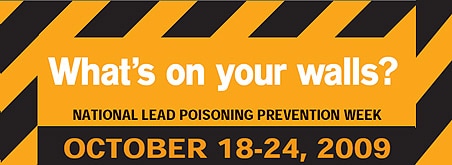
Today is the birthday of my nephew, Leo. His mother, my cousin Amy, died in 2007 after a short but intense fight with cancer. I see Leo turning 13 and know how proud his mom would be of what an amazing young man he has become -- and how profoundly sad it is that she isn't here to see it.
But Leo also reminds me of another boy who would be turning thirteen today. Leo shares the birthday of Danny Keysar, whose parents founded KID in 1998 after he was killed in a dangerous portable crib. As I watch Leo grow, I see the shadow of what Danny might be doing and what an amazing young man he would become -- and again, how profoundly sad that he isn't here.

Danny didn't die of a disease with no cure, but of a flawed children's product safety system that allowed a dangerous crib to be sold and then remain in use even after other babies had died.
All of KID's work is to honor the memory of Danny and other victims of unsafe children's products. He is always in our thoughts as are Ellie and Andy, Ethan and Riley, Liam and Kennedy, and too many others. We are proud of the legacy we are building in their memory that will keep other babies safe.
We have seen tremendous change over the past several years in the area of children's product safety. With new laws, some carrying Danny's name, and a new active administration at CPSC, children are already safer today -- but more must be done. Join with us to honor not only Danny, but the children in your life with a safer tomorrow.
- Make a donation to KID in a child's name. We promise to put it to good use fulfilling our mission to promote safer products, advocate for children and educate the public about dangerous children's products.
- Check the children's products in your home for recalls and urge others -- grandparents, caregivers, neighbors and family -- to do the same. There were seven million cribs recalled in the last two years..Make sure your child isn't sleeping in one of them. Sign up for email alerts from CPSC and KID.
- Tell your elected officials, local, state and federal -- that children's safety should be a priority
- Read the stories in our Family Voices site. Many of these families paid the ultimate price of unsafe products.
- If you have a product that appears to be unsafe, report it to the Consumer Product Safety Commission. This is sometimes the only way unsafe products are removed from the marketplace.
Nancy Cowles, executive director


































